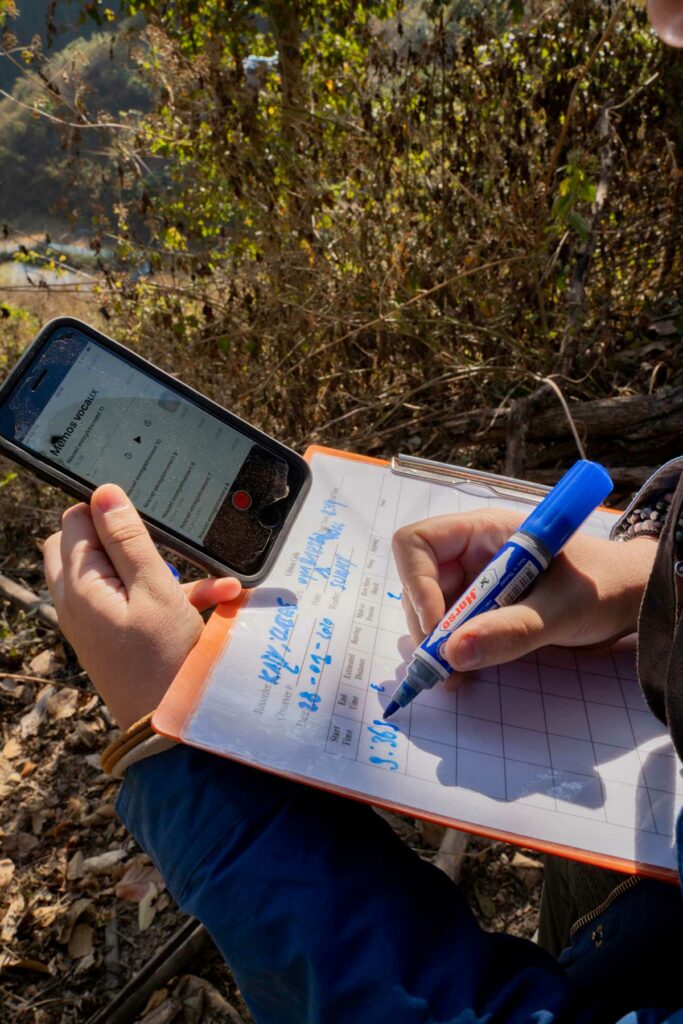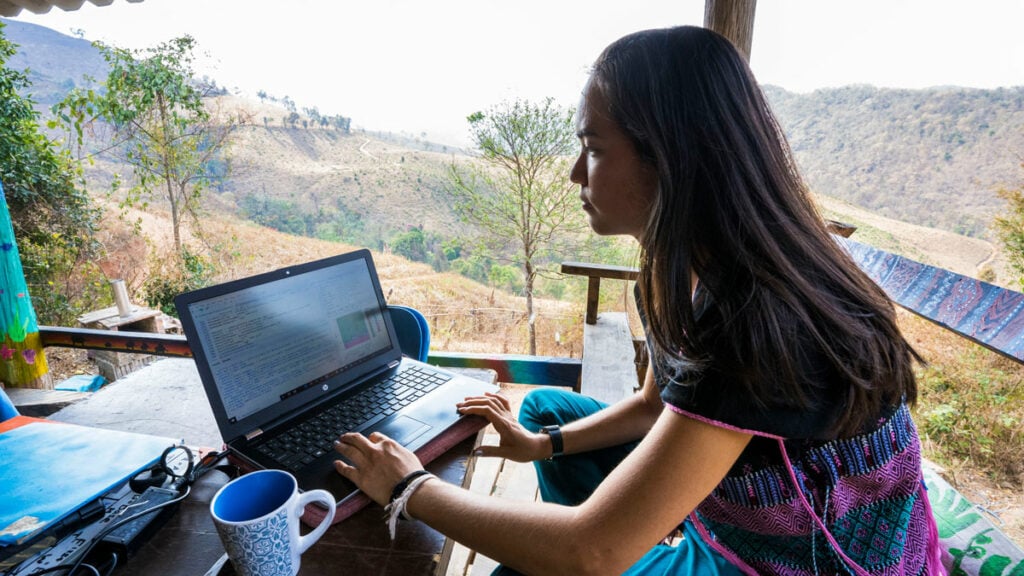From the postcard-perfect Coral Bay to the hidden beauty of Secret Cove, these spots promise stunning photos and unforgettable views.
GVI
Posted: August 29, 2024

GVI
Posted: March 7, 2023
Citizen science is a growing scientific field, which involves getting the public involved in collecting and organizing scientific data. One of the most popular tools for getting involved in citizen science is iNaturalist, an online platform for documenting and sharing observations about biodiversity. In this comprehensive guide, we’ll explore the basics of citizen science and iNaturalist, as well as cover some tips, strategies, and examples of citizen science projects.
Citizen science is the collaboration between professional scientists and members of the public to trend and analyze data, with the aim of understanding the world around us more deeply. Citizen science projects have led to breakthroughs in areas such as healthcare, technology, and conservation. Examples of citizen science projects include crowd-funding medical research, recording species extinction rates in a certain area, or identifying sites at risk of deforestation.
Citizen science projects are becoming increasingly popular, as they allow members of the public to contribute to scientific research in a meaningful way. By participating in citizen science projects, individuals can gain a better understanding of the scientific process and the importance of data collection and analysis. Additionally, citizen science projects can help to bridge the gap between the scientific community and the public, allowing for a more informed and engaged population.
GVI gives you the opportunity to join several citizen science-led wildlife conservation programs.
iNaturalist is a social platform for tracking or logging plants, animals, and fungi, which pairs automated species identification with a community of expert naturalists. It allows anyone to join in a conversation about nature, document their observations, and track changes over time. The data collected from iNaturalist is openly shared with scientific databases worldwide to help further research.
Having access to data quickly makes it much easier to study the impact of climate change, development, and other environmental factors. Additionally, iNaturalist provides a way for people to connect with others who are interested in the same things, providing an avenue of knowledge exchange between scientists, conservationists, wildlife biologists, and everyday citizens.


Getting started with iNaturalist is easy. All you need is an internet connection and a camera or smartphone with the free iNaturalist app. With the app, users can take pictures of plants or animals and upload them to the platform. The app also allows users to tag their observations with location information and make notes about them. And if a user has trouble identifying their observations or wants to learn more about them, they can join conversations on the app or connect with expert naturalists online.
The next step to getting started with iNaturalist is to create an account. When setting up a new account, users can add their profile information such as their name and interests. They will also need to select a username and password. Once they have an account set up they can start exploring the network and contributing observations.
Once users create an account and sign in to iNaturalist, they can explore the interface. The homepage displays recent observations made by other members of the network and provides guidance on how to use the app. Users can also explore species lists to identify plants and animals by their scientific names or common names. Additionally, users can use the search feature to look up specific species or view interactive maps with data on observations.
In addition to exploring the interface, users can also participate in citizen science projects on iNaturalist. Projects range from helping monitor rare species in an area to documenting changes in plant growth over time. Project creators make the parameters for participation clearly outlined so that any user can join and contribute right away. After joining a project, users can document their observations using the app or website and upload data to help scientists gain a better understanding of the topic.
Why not try and locate GVI’s citizen science projects on the app to get a glimpse into totally unique conservation adventure?
Using iNaturalist effectively requires practice and applying certain tips and tricks. For example, it’s helpful for users to use descriptive tags when uploading observations so that other users can find them easily. It’s also important for users to stay active in conversations on the network to get advice from experts and learn from others. Additionally, connecting with other users and project creators within the network can help add context to observations.
To make the most out of using iNaturalist for citizen science projects there are certain strategies that users should follow. When participating in a project, users should make sure that they understand what they’re looking for before they start observing. Additionally, they should take multiple pictures of their observations to get the best data possible. It’s also important that they accurately note any changes they observe over time when participating in projects.
There are plenty of examples of citizen science projects on iNaturalist for users to explore. Projects range from tracking butterfly migrations to documenting plant diseases. One example is a project called “Wildlife Heaven” which documents species in rainforests throughout South America. Another example is “Living Soil” which studied soil composition affecting crop yields in India.
Participating in citizen science projects on iNaturalist also provides outreach opportunities for users. By engaging with project creators and scientists on topics related to their observations, users can raise awareness about important environmental issues as well as showcase their skills and knowledge of natural history.
Our natural world is under threat. Ecosystems, habitats, plants and animals are all facing existential challenges – including us. We have to take action to save our home. Our citizen science programs have been specifically designed to meet this moment. If you’re passionate about conservation and sustainability and want to get directly involved in resource management and outreach activities that contribute to this vital fight, join us today. Across our hubs, citizen science participants will be involved in observing nature with a critical lens and collecting important data on various species such as birds, insects, reptiles, flowers and trees.

From the postcard-perfect Coral Bay to the hidden beauty of Secret Cove, these spots promise stunning photos and unforgettable views.
GVI
Posted: August 29, 2024